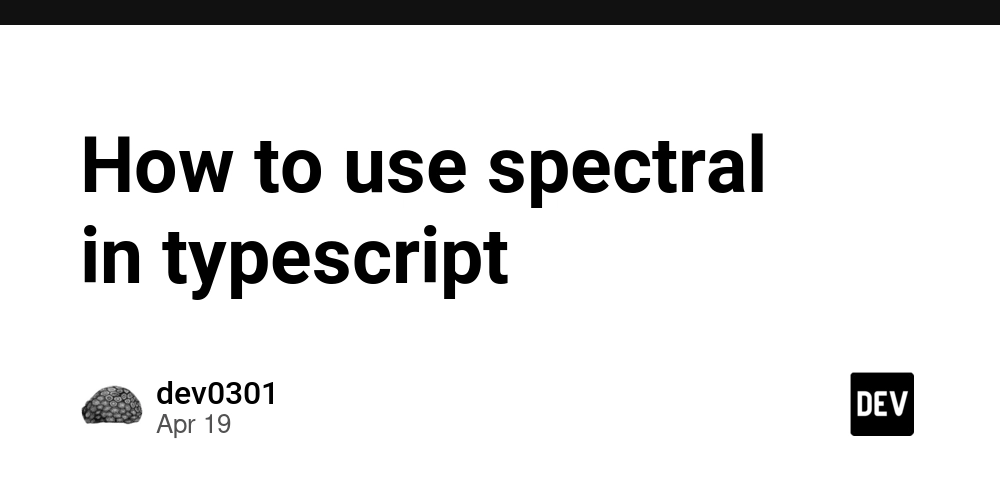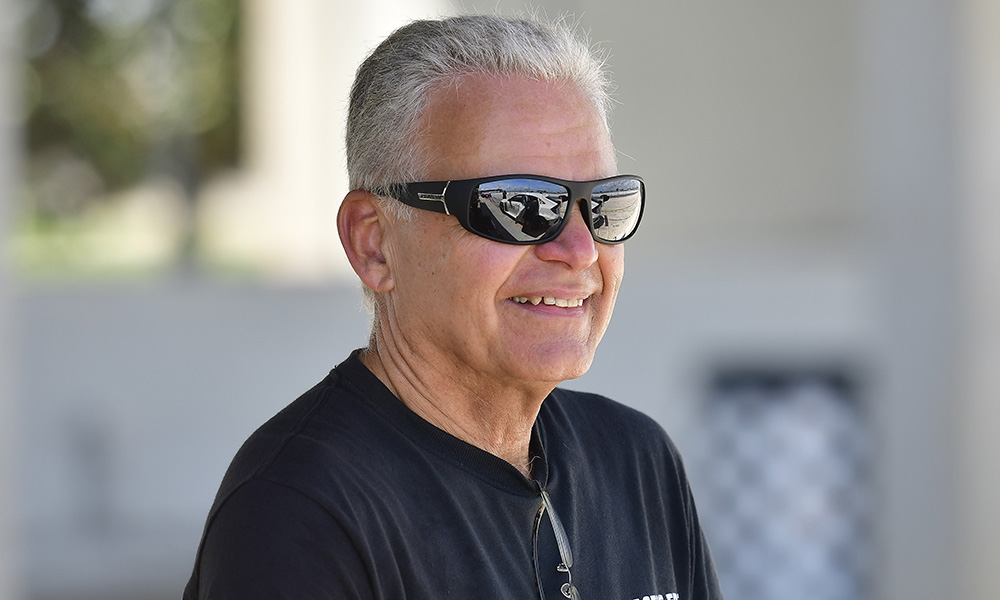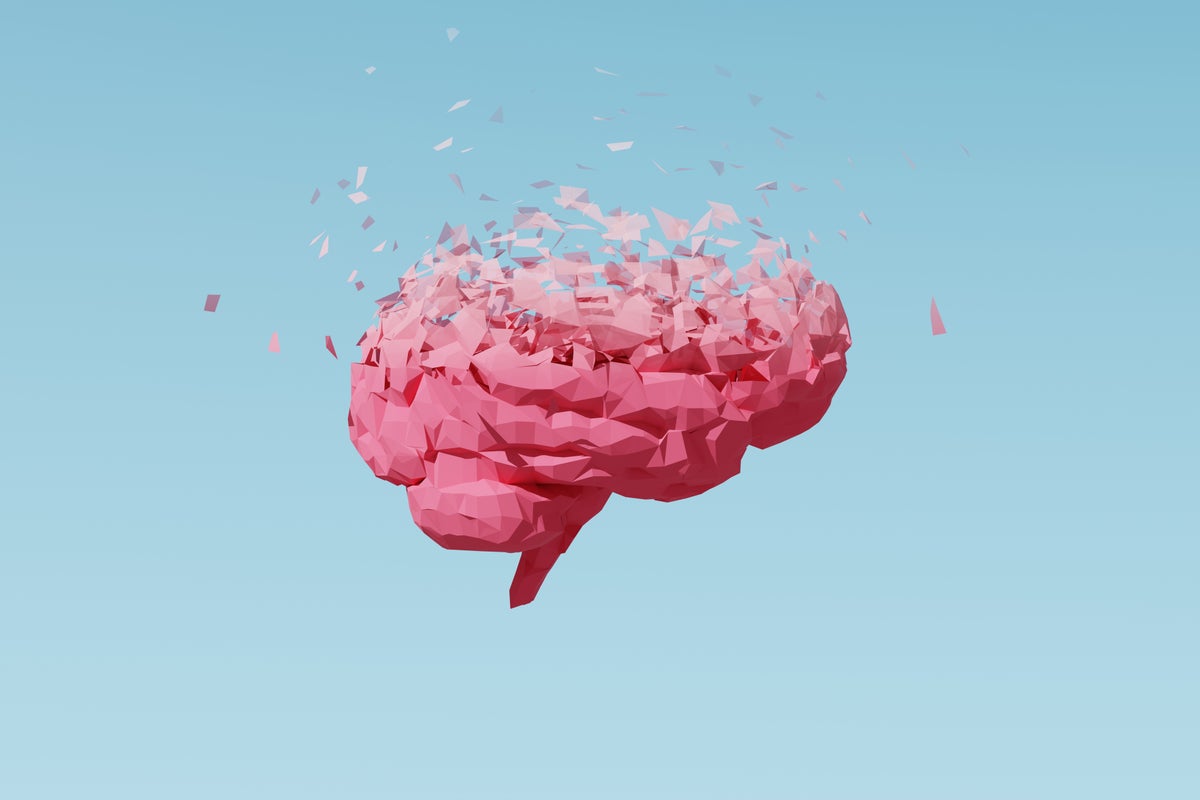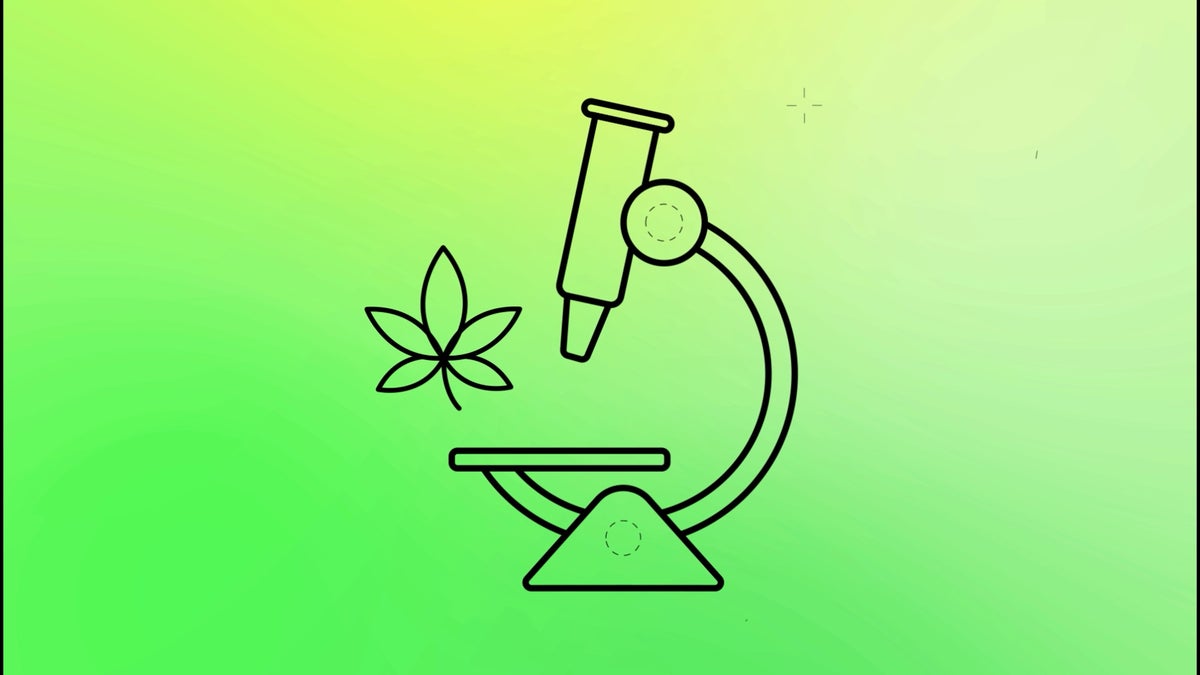Revolutionizing FMCG Packaging: Seal Inspection with Computer Vision AI
Every year, thousands of Fast-Moving Consumer Goods (FMCG) items are recalled due to packaging seal failures. The integrity of seals is critical across several industries—particularly in packaging, pharmaceuticals, and food. A compromised seal can significantly impact shelf life, consumer trust, and overall product safety. Since every product has a defined shelf life, which is directly influenced by the seal’s integrity, ensuring defect-free packaging is non-negotiable. Before these products hit the shelves, quality experts traditionally inspect them for packaging defects. However, even the smallest unnoticed flaw can lead to contamination, tampering, and spoilage. If such a defect affects an entire batch, the consequences can include immediate recalls and public advisories—causing not just financial loss but reputational damage. While manual inspections have been a standard approach, they are prone to errors, inefficiency, and are difficult to scale. This is where inspection automation through Computer Vision AI becomes a game-changer. As FMCG manufacturers face increasing demand, many are now adopting Computer Vision AI for FMCG packaging to enhance accuracy, reduce recalls, and automate their packaging processes. In this blog, we explore how Vision AI for FMCG packaging empowers manufacturers to detect packaging defects proactively and reduce the risk of expensive product recalls. Why Seal and Closure Inspection Matters Seals and closures are crucial in protecting products from contamination and external elements. They preserve the product’s integrity and prevent tampering. In sectors like food, beverage, and pharmaceuticals, a compromised seal can put consumer safety at risk. Traditional manual inspection methods, reliant on human judgment, often result in overlooked defects due to fatigue or human error. This leads to inconsistent quality control and increased risk. The introduction of Computer vision in food manufacturing addresses these challenges by enabling precise and reliable seal inspections. According to recent research, seal inspection using Vision AI is projected to reach US $259 million by 2025, indicating strong industry adoption and the growing demand for automation in quality control systems. How Seal Inspection with Vision AI Improves Accuracy 1. Machine Learning for Continuous Improvement Machine learning algorithms learn from previous inspection data and continuously evolve to detect even more intricate packaging defects. This makes it ideal for FMCG businesses where production is fast-paced and accuracy is critical. These systems ensure real-time inspection at high speed with minimal errors. 2. Integration of Deep Learning Through deep learning, specifically Convolutional Neural Networks (CNNs), Vision AI systems are trained to detect defects that may be missed by human eyes. These models process massive datasets of seal images to learn and identify complex patterns, improving the reliability and reducing false positives in defect detection. 3. Advanced Seal/Closure Inspection Techniques High-resolution imaging and sophisticated AI algorithms allow Computer Vision systems to detect minute seal inconsistencies. Even rare or previously unseen defects can be identified with ease, ensuring only safe, high-quality products reach consumers. 4. Data-Driven Insights One of the core benefits of Vision AI is its ability to gather and analyze data on production trends. Manufacturers can track recurring packaging issues such as misalignment, uneven seals, or missing closures. These insights enable data-driven decisions, improve line efficiency, and help streamline operations. Using AI video analytics software, companies can move beyond simple detection to strategic prevention. Key Benefits of Packaging Seal Inspection Using Computer Vision - Better Product Quality Computer vision systems can detect seal defects with exceptional accuracy, ensuring that only products with proper sealing are distributed. This reduces customer complaints and supports a consistent brand experience. - Cost Savings Early detection of seal defects helps manufacturers avoid costly recalls and reduces product wastage. With real-time monitoring, businesses can protect both their bottom line and brand reputation. - Improved Efficiency By automating inspection with Computer Vision, manufacturers can save significant time and labor costs. The technology accelerates defect detection and minimizes human involvement in repetitive tasks, enhancing overall production efficiency. - Data-Driven Decision-Making Real-time data from Vision AI systems allows manufacturers to analyze defect trends, track root causes, and implement strategic improvements. This leads to smarter production, reduced waste, and optimized workflows. How Computer Vision Assists in Seal/Closure Inspection The adoption of Vision AI in seal inspection is redefining packaging quality control. Below are se
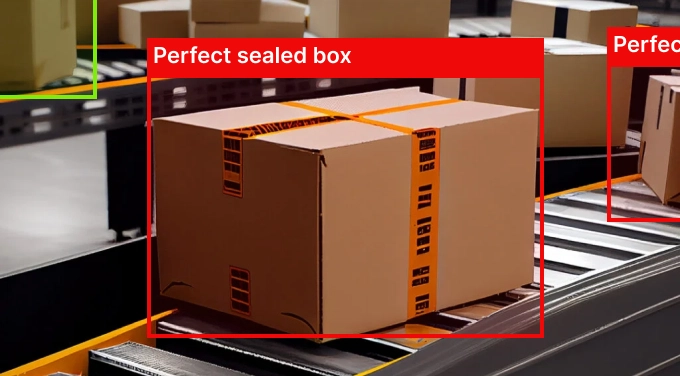

Every year, thousands of Fast-Moving Consumer Goods (FMCG) items are recalled due to packaging seal failures. The integrity of seals is critical across several industries—particularly in packaging, pharmaceuticals, and food. A compromised seal can significantly impact shelf life, consumer trust, and overall product safety. Since every product has a defined shelf life, which is directly influenced by the seal’s integrity, ensuring defect-free packaging is non-negotiable.
Before these products hit the shelves, quality experts traditionally inspect them for packaging defects. However, even the smallest unnoticed flaw can lead to contamination, tampering, and spoilage. If such a defect affects an entire batch, the consequences can include immediate recalls and public advisories—causing not just financial loss but reputational damage.
While manual inspections have been a standard approach, they are prone to errors, inefficiency, and are difficult to scale. This is where inspection automation through Computer Vision AI becomes a game-changer. As FMCG manufacturers face increasing demand, many are now adopting Computer Vision AI for FMCG packaging to enhance accuracy, reduce recalls, and automate their packaging processes.
In this blog, we explore how Vision AI for FMCG packaging empowers manufacturers to detect packaging defects proactively and reduce the risk of expensive product recalls.
Why Seal and Closure Inspection Matters
Seals and closures are crucial in protecting products from contamination and external elements. They preserve the product’s integrity and prevent tampering. In sectors like food, beverage, and pharmaceuticals, a compromised seal can put consumer safety at risk.
Traditional manual inspection methods, reliant on human judgment, often result in overlooked defects due to fatigue or human error. This leads to inconsistent quality control and increased risk. The introduction of Computer vision in food manufacturing addresses these challenges by enabling precise and reliable seal inspections.
According to recent research, seal inspection using Vision AI is projected to reach US $259 million by 2025, indicating strong industry adoption and the growing demand for automation in quality control systems.
How Seal Inspection with Vision AI Improves Accuracy
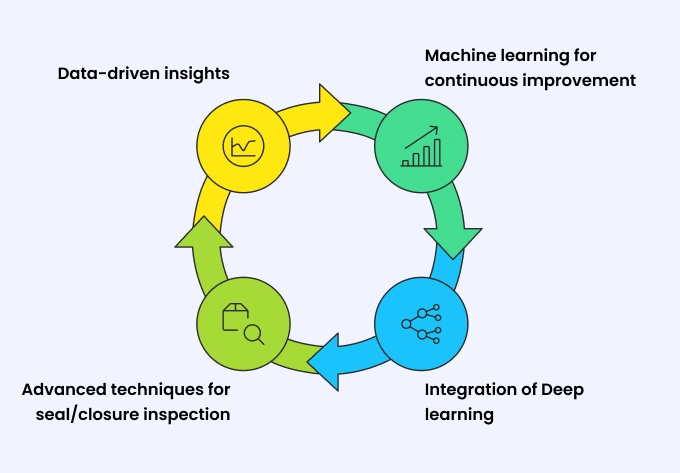
1. Machine Learning for Continuous Improvement
Machine learning algorithms learn from previous inspection data and continuously evolve to detect even more intricate packaging defects. This makes it ideal for FMCG businesses where production is fast-paced and accuracy is critical. These systems ensure real-time inspection at high speed with minimal errors.
2. Integration of Deep Learning
Through deep learning, specifically Convolutional Neural Networks (CNNs), Vision AI systems are trained to detect defects that may be missed by human eyes. These models process massive datasets of seal images to learn and identify complex patterns, improving the reliability and reducing false positives in defect detection.
3. Advanced Seal/Closure Inspection Techniques
High-resolution imaging and sophisticated AI algorithms allow Computer Vision systems to detect minute seal inconsistencies. Even rare or previously unseen defects can be identified with ease, ensuring only safe, high-quality products reach consumers.
4. Data-Driven Insights
One of the core benefits of Vision AI is its ability to gather and analyze data on production trends. Manufacturers can track recurring packaging issues such as misalignment, uneven seals, or missing closures. These insights enable data-driven decisions, improve line efficiency, and help streamline operations. Using AI video analytics software, companies can move beyond simple detection to strategic prevention.
Key Benefits of Packaging Seal Inspection Using Computer Vision
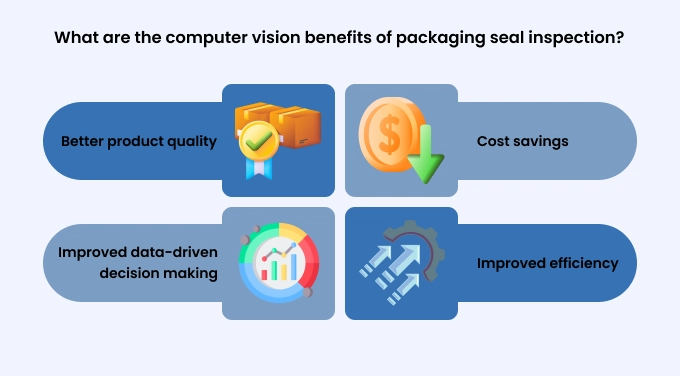
- Better Product Quality
Computer vision systems can detect seal defects with exceptional accuracy, ensuring that only products with proper sealing are distributed. This reduces customer complaints and supports a consistent brand experience.
- Cost Savings
Early detection of seal defects helps manufacturers avoid costly recalls and reduces product wastage. With real-time monitoring, businesses can protect both their bottom line and brand reputation.
- Improved Efficiency
By automating inspection with Computer Vision, manufacturers can save significant time and labor costs. The technology accelerates defect detection and minimizes human involvement in repetitive tasks, enhancing overall production efficiency.
- Data-Driven Decision-Making
Real-time data from Vision AI systems allows manufacturers to analyze defect trends, track root causes, and implement strategic improvements. This leads to smarter production, reduced waste, and optimized workflows.
How Computer Vision Assists in Seal/Closure Inspection
The adoption of Vision AI in seal inspection is redefining packaging quality control. Below are several ways in which computer vision helps:
- Radical Leak Testing System
Vision AI utilizes advanced algorithms to perform leak detection by analyzing high-resolution images of seals. These systems can identify even microscopic leaks or defects that humans often overlook, ensuring product safety before packaging exits the factory.
- Machine Vision for Seal Quality
With the power of machine learning, these systems can be trained to identify various defect types in seals. This ensures consistent inspections, regardless of product variations, enabling scalable and efficient quality control.
- Real-Time Analysis
Computer Vision delivers real-time analysis of packaging, allowing immediate corrective actions when issues are detected. This minimizes production delays and prevents defective products from reaching store shelves.
- Automated Inspection
Automated inspection enabled by Vision AI minimizes the dependency on human operators. It supports continuous monitoring and ensures inspection speed and accuracy are consistently high.
- Reduced Production Line Footprint
By integrating space-efficient AI video analytics software, manufacturers can optimize floor space, increase throughput, and maintain lean production environments.
- Protection of Brand Integrity
Maintaining high-quality packaging through Vision AI inspection safeguards the brand’s integrity. It ensures customers receive safe, uncontaminated, and high-quality products, leading to stronger customer trust and long-term brand loyalty.
- Real-World Example
In industries like pizza packaging, Vision AI has revolutionized quality checks. Compared to traditional manual inspection methods, AI-based systems deliver highly accurate and consistent results, reducing waste and improving overall customer satisfaction.
Final Thoughts
Manufacturers across industries are embracing computer vision and AI video analytics software for automated seal and closure inspections. These technologies provide real-time monitoring, automated defect detection, and advanced traceability, enabling consistent quality control and increased operational efficiency.
By leveraging cutting-edge algorithms, machine learning strategies, and Computer Vision AI, manufacturers can ensure product integrity, reduce the risk of contamination, and meet stringent safety and quality standards with confidence.
As a trusted AI video analytics software development company, Nextbrain helps enterprises automate seal inspection in packaging using advanced Vision AI solutions. Interested in upgrading your packaging quality with AI? Connect with our experts today to explore how we can help your business achieve seamless and intelligent packaging inspection.












